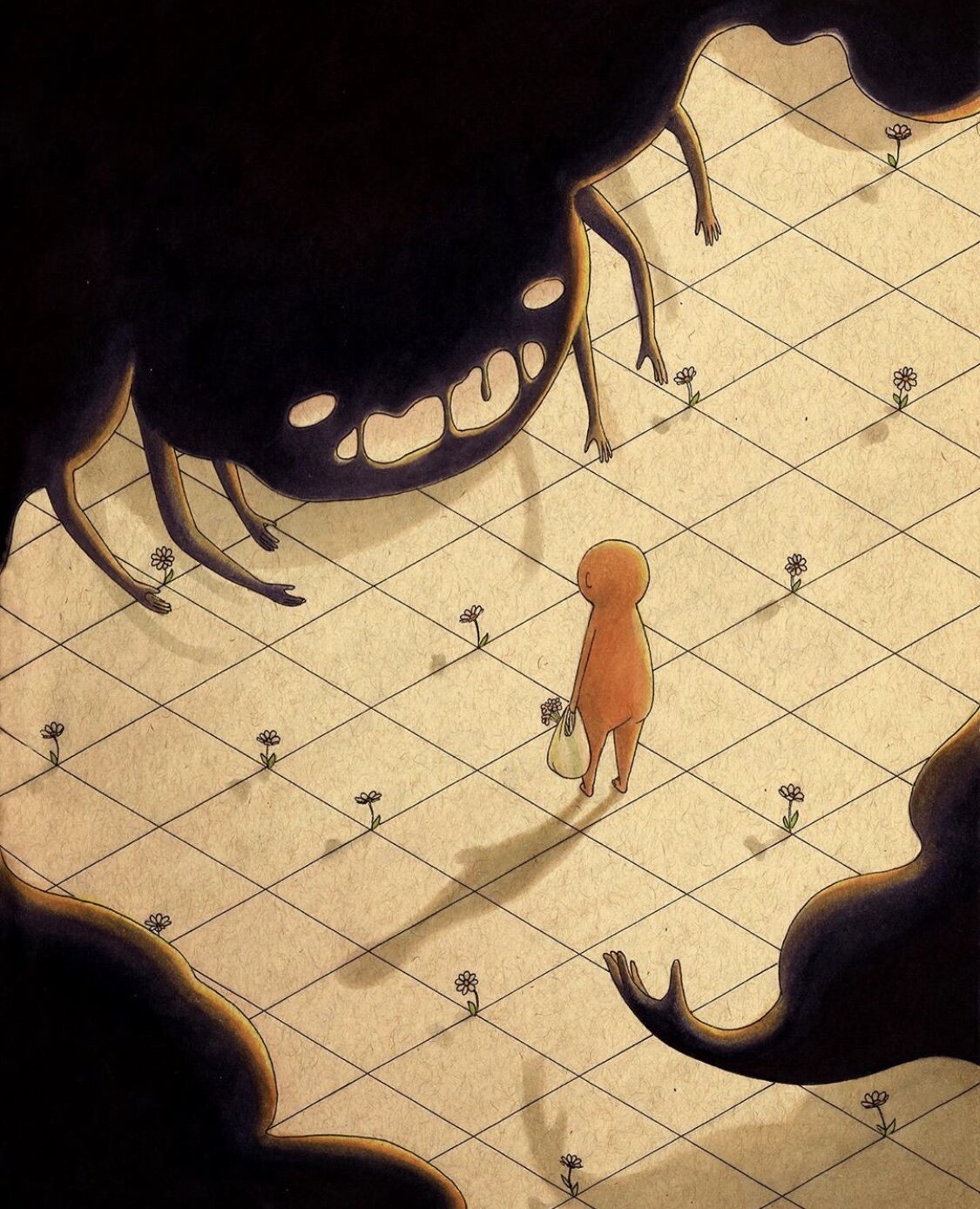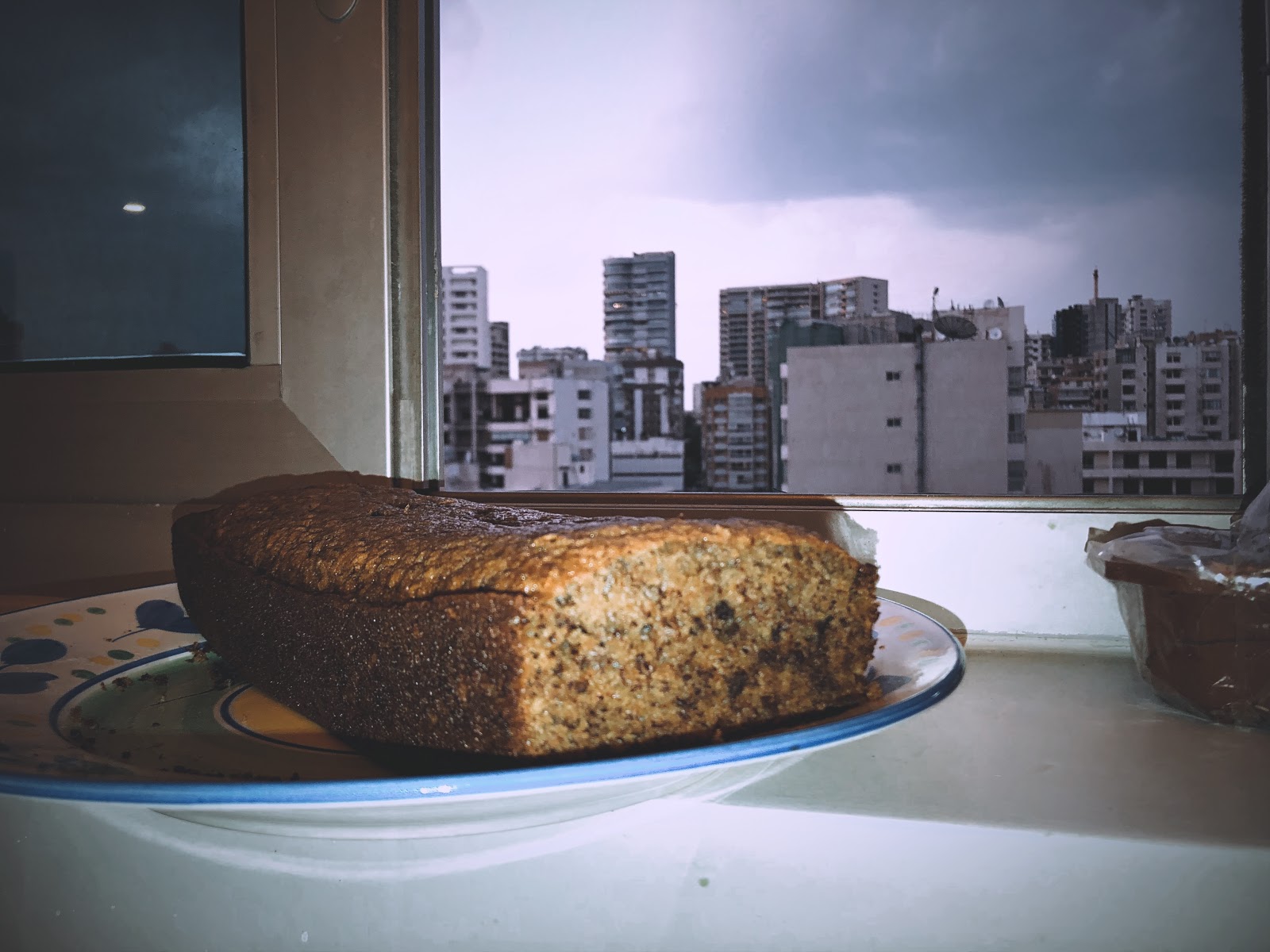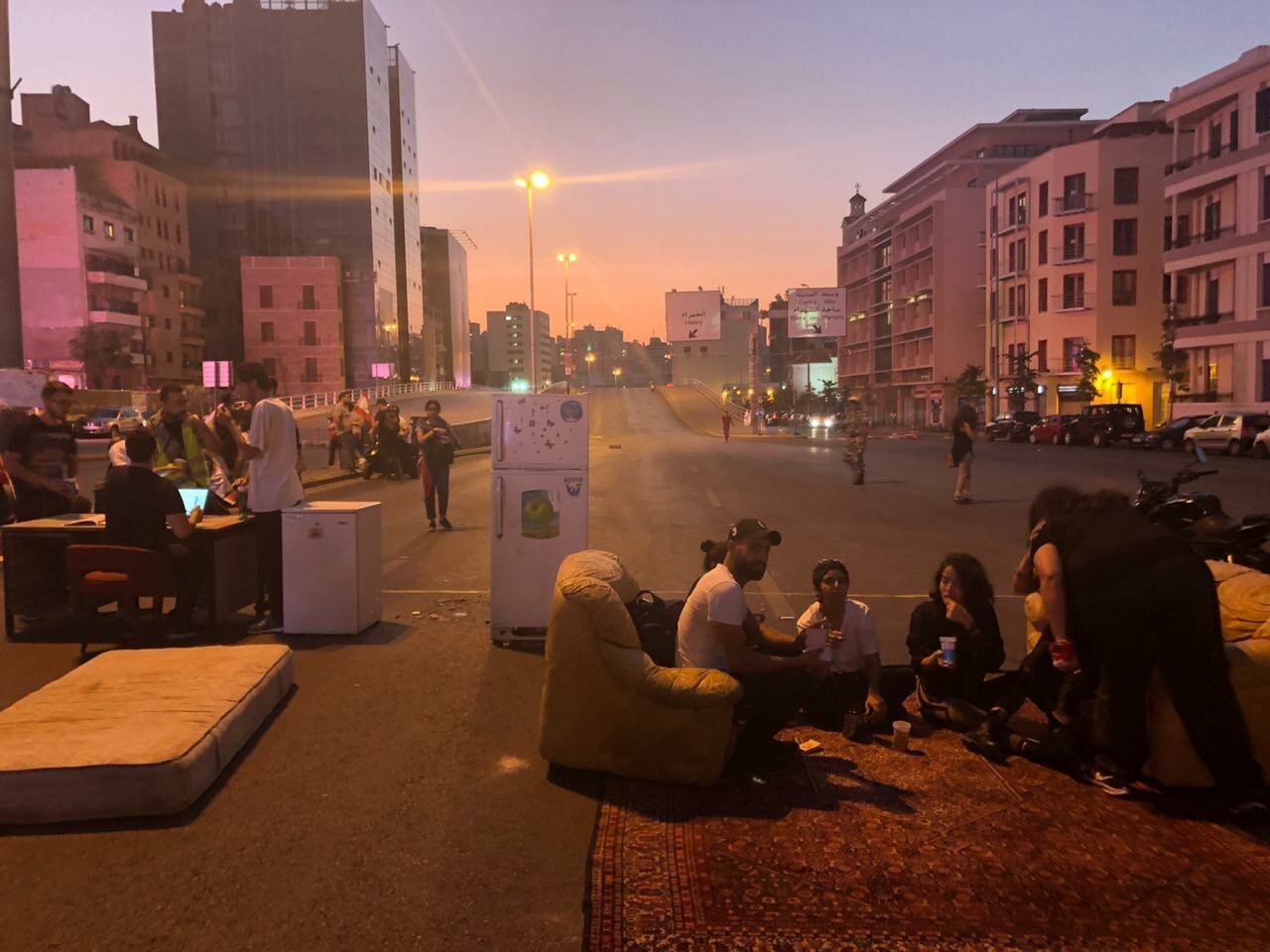Every June, different events are held to celebrate Pride Month, which is dedicated to celebrating and acknowledging the history and role of the LGBTQ community across the globe. Most famous of these events are the numerous Pride parades or marches that take place across the world. New York, for example, hosted the largest Pride march in history in 2018. Images of such events have become iconic, where one can see tens of thousands of LGBTQ members and allies marching peacefully, waving the rainbow flag and often singing or dancing. It is important to remember, however, how Pride Month came to be, and what events paved the way for members of the LGBTQ community to be able to march without threat or fear.
During the 60s and 70s, bars were the only places in New York where LGBTQ people could socialize (relatively) safely while being themselves. Up until 1966, New York bars could be shut down simply for selling alcohol to known or even suspected LGBTQ individuals, giving police the excuse to frequently “raid” bars to shut it down and arrest a few patrons on the way. These raids became less frequent after gay rights groups such as the Mattachine Society, inspired by the sit ins of the civil rights movement, organized a series of “sip ins”. Members would order drinks and openly declare their sexual orientation, suing any establishment that refused to serve them… until the refusal to serve was ruled to be illegal by the Commission on Human Rights in 1966 (public “homosexual activity” such as hand holding and kissing remained illegal). That same year, the Mafia bought the Stonewall Inn, along with other bars around the area, as they decided that catering to outcast LGBTQ individuals would be a profitable business.
The Mafia, as is expected, did not run these bars well. The buildings were dirty and non-compliant with safety laws. Moreover, the alcohol was often watered down or bootlegged. The owners were also known to blackmail rich patrons and threaten to out them to their employers, families, or friends. However, the Mafia could often afford to bribe police, getting them to either ignore the bars or at least warn them before raids. That alone made these places attractive to LGBTQ people… besides, they didn’t have many other places to go.
On the 28th of June, 1969, police decided to raid Stonewall Inn without warning. They first blocked all exits and lined up all the patrons against the wall. The usual procedure was to collect IDs and take some patrons to the bathroom to check their genitalia, verifying whether or not they are dressing according to gender norms, and then arresting those who do not. This time, however, many patrons were uncooperative and refused to show identification. The police in turn harassed them and began to conduct violent arrests, arresting 13 in total. Those who were not to be arrested were allowed outside. They were expected to simply disperse as usual, but they decided to wait outside, and a crowd began to form. Finally, when a lesbian (identified as gay rights icon Stormé DeLarverie) who was punched by an officer called out to the onlookers and urged them to intervene, the situation escalated rapidly… and all hell broke loose.
The police were pummeled with coins, bricks, bottles and stones, prompting some of them to barricade themselves inside the inn. When rioters failed to get past the barricade, they set the inn on fire. At one point, a chorus line was formed in front of the police, where protesters kicked their legs in the air, singing:
We are the Stonewall girls
We wear our hair in curls
We wear no underwear
We show our pubic hair!
Hours later, police and the fire department eventually managed to disperse the crowd and rescue those trapped inside the inn, but for the next 5 days, the riots continued around the inn, faced by an ever-growing police presence.
The riots, as they died down, did not bring about immediate, tangible benefits; no legislation was passed in response and police raids of the bar continued. However, the event is considered a monumental moment in US LGBTQ history because of how it energized the LGBTQ community and began a new era of organization and activism. For the first time, activist societies began to explicitly call for “Gay liberation”. Previously, gay rights organizations like the Mattachine Society would seek to emphasize integration, and would organize marches where men wore suits and women wore skirts, and where no same sex affection was displayed, in order to project an image of LGBTQ people as “just like everybody else”. It was only after Stonewall that radical activist groups banded together and formed the Gay Liberation Front (GLF), which sought to allow LGBTQ people to proudly assert their identity publicly, and not resort to conform in order to avoid persecution. Instead of asking for their rights, they organized numerous political actions to demand them. They also published their own literature and inspired the creation of similar organizations across Europe.
The reason Pride Month is celebrated every June specifically is to commemorate the Stonewall Riots, but recent efforts have sought to redefine the riots as an “uprising” or “rebellion” to avoid the negative and radical connotations that come with the term “riot”. This has given rise to the popular phrase “Stonewall was a riot” and “Be Gay, Do Crime” by radical activists who feel that current celebrations of Pride often overlook its revolutionary roots, and have become commercialized and commodified by large corporations following a trend. Nevertheless, the term Stonewall Riots continues to be relatively popular, especially in comparison to “riots” in other protest movements.
This year, Pride Month has coincided with the protests sparked by the death of George Floyd in the United States. Within the first few days, the Minneapolis Police Department was burned to the ground, and large scale property damage was carried out. Politicians and media pundits were swift to condemn rioting, despite their “understanding” of people’s “anger and frustration” (or something along those lines). The “largely peaceful” protesters were forced to go on the defensive, shifting the blame onto right-wing “agitators”. The Trump administration blamed ANTIFA, a non-existent organization, and threatened to designate “it” as a terrorist organization.
Most public figures were eager to paint riots as an anomaly, as mindless and irrational violence. It is certainly nice to believe that riots are only the result of infiltrators aimed at destruction, but few were willing to believe or even take into account the possibility that riots are also a form of political action. When riots break out at such a large scale, it is a sign that the state is losing its legitimacy. People seldom decide to go out en masse and break the law if they did not believe the laws were enforcing an unjust system. When entire communities are brutalized for decades or centuries on end, does the destruction of that which holds most value (property) really come as a surprise? Consciously or unconsciously, rioters are expressing themselves to the system that has brutalized them and saying: enough is enough.
Maybe one of the lessons we can learn from Stonewall is that it is necessary to accept radical elements as part of a larger movement. Few people would say that the LGBTQ community would have fared better if they had protested “the right way”. Besides, they did, in the form of ordering drinks, and that brought about endless humiliation until it resulted in some benefit, but they had not begun to be taken seriously until they fought back (back being the operative word here). Similarly, when Colin Kaepernick took to kneeling during the national anthem (probably the most mild form of protest), he was ostracized at ridiculously absurd levels.
Passion destroyed is reborn in the passion for destruction,
Raoul Vaneigem.
Accordingly, it might need to be bravely asserted that, yes, riots will happen if the rights of the marginalized are not respected. Deal with it, not by “dominating the streets” or pleading with people to stop, but by ending the persecution of marginalized communities (at least try, damn it).
We must also recognize the fact that racism and anti LGBTQ sentiments are rooted in the same place of irrationality, hatred, ignorance, and desire for exploitation. In the US, LGBTQ people of color face disproportionately high rates of homelessness and unemployment. LGBTQ people also face disparities in their quality of healthcare, and the Trump administration’s recent repeal of nondiscrimination healthcare protections for LGBTQ individuals will certainly not help. It is perhaps fitting that arguably the most famous LGBTQ rights activist is a black trans woman named Marsha P. Johnson. She is known for being the first to throw bricks at the police during the riots, (although she has disputed this) and as founder of the Gay Liberation Front. It is clear that a struggle that is not intersectional is doomed to fail.
It is important to remember the millions of LGBTQ people who cannot express themselves in any way whatsoever, as 73 countries currently criminalize same-sex relations, and even more are intolerant of public expression of LGBTQ identities. In case anybody has forgotten about this, we were given a stark reminder when a lesbian activist, Sarah Hegazi, years after being tortured in an Egyptian prison for the crime of waving a rainbow flag during a concert.
Finally, the Stonewall Riots continue to remind us that a better world is possible…if people organize together to face their oppression.





“Consciously or unconsciously, rioters are expressing themselves to the system that has brutalized them and saying: enough is enough.”
Very insightful. Chills. Thank you for this beautiful piece. May Lebanon overcome this oppression one day.